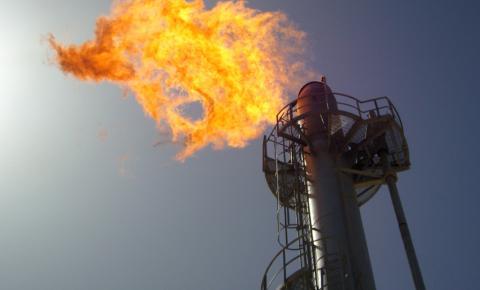
It is becoming increasingly important to save energy while reducing harmful emissions when using a pollution control device such as a flare stack. In Refineries and Chemical Plants, proper flare stack design is essential to handle multiple waste streams for maximum destruction performance with minimum emissions. Since destruction efficiency and emissions are important criteria to consider when designing a flare, when the design is done correctly, dramatic operating savings will also be realized.
Waste streams are collected from the different processes around the refineries and chemical plants, and are sent to the flare stack for destruction. US EPA code 40 CFR 60.18 states that for optimum destruction efficiency in the flare, the waste stream must run at a minimum lower heating value of between 200-300 BTU/SCF. Continuous monitoring of the waste stream is necessary to identify the minimum heating value and ensure proper combustion efficiency. In addition, by identifying the minimum heating value it can be determined whether the waste stream can be used as a standalone fuel source.
Several different technologies are available for measuring the heating value in a flare stack including:
- Gas Chromatography
- Thermopile
- Residual Oxygen
- Micro-Combustion Calorimeter
Of these possibilities, the micro-combustion calorimeter, like the CalorVal BTU Analyzer, is the best choice. Because of its unique construction and operating technology, it is the optimum analyzer for directly measuring the heating value of varying waste gas streams for flare stack applications. Rugged and reliable, the CalorVal is built on a time-tested field proven design, capable of withstanding the rigors of the flare stack environment.

Add new comment